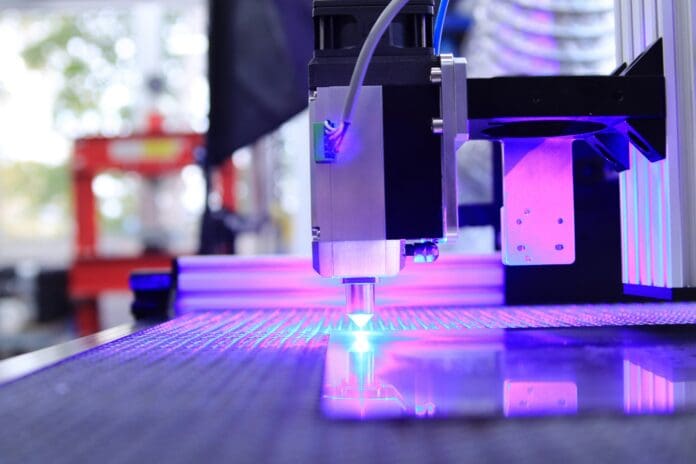This post is also available in:
 עברית (Hebrew)
עברית (Hebrew)
A new 3D printing technique developed by researchers at the University of Texas at Austin could change how engineers and designers manufacture complex objects that require both flexibility and rigidity. The innovation enables the printing of hybrid structures—soft and hard—within a single piece, without weak points or failure-prone interfaces.
The key to the process lies in a specially engineered liquid resin and a dual-light system. When exposed to violet light, the resin solidifies into a soft, rubber-like material. Under ultraviolet (UV) light, it transforms into a rigid, plastic-like structure. By precisely controlling which parts of the object are exposed to each light type, the printer can create a unified structure with varying mechanical properties.
This approach overcomes a major limitation in additive manufacturing: the tendency for materials with drastically different properties to delaminate or fail where they meet. Traditional attempts to bond soft and hard materials often result in peeling, cracking, or poor durability.
As a demonstration, the team successfully printed a miniature knee joint composed of soft, flexible ligaments and firm bone-like components that functioned together without separation. They also created a stretchable electronic circuit where parts of the device could bend and stretch without damaging the conductive pathways, according to Interesting Engineering.
Beyond its structural advantages, the process is faster and offers higher resolution than conventional multi-material printing methods. Importantly, the hardware used is both cost-effective and relatively easy to operate.
The technique opens the door to more competitive high-volume additive manufacturing, offering an alternative to traditional processes like injection molding.
The findings were detailed in Nature Materials, with related work also appearing in ACS Central Science, highlighting the broader potential of light-driven resin chemistry in advanced manufacturing.

























